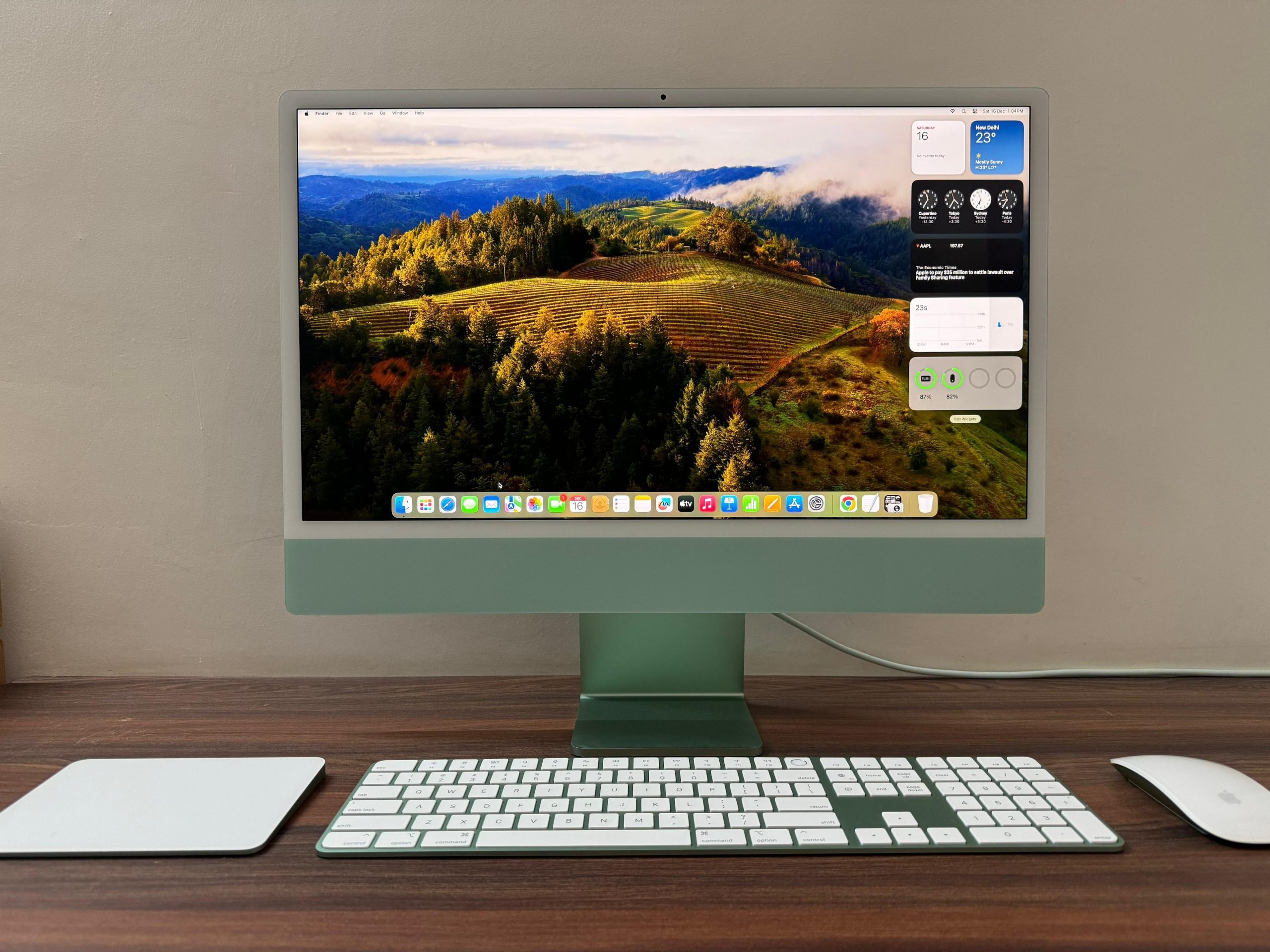Apple’s Mac, previously called Macintosh, has turned 40. This journey encapsulates not only Apple’s iconic contributions to user interfaces and design but also its ability to adapt to the shifting sands of technological progress. From the Motorola era to the Intel transition and, most recently, the advent of Apple Silicon, the Apple’s longest running product Mac has seen winds changing but none that could blow it away from the computing landscape.
In tracing the evolution of the Apple Mac over the past 40 years, it is imperative to delve into the significant transitions in its hardware architecture. One such pivotal shift happened in 2006 when Apple, under the stewardship of Steve Jobs, made the strategic decision to transition from using Motorola’s PowerPC architecture to Intel’s x86 processors.
The transition to Intel chips marked a notable departure from the Macintosh’s longstanding association with Motorola processors. This shift was driven by a desire to enhance performance, increase compatibility with industry-standard software, and stay ahead in the rapidly evolving landscape of personal computing. The move to Intel not only bolstered the Mac’s processing power but also facilitated a smoother integration of Windows-based applications through tools like Boot Camp.
Fast forward to 2020, and Apple once again embarked on a momentous transition, unveiling its custom-designed Apple Silicon chips. The introduction of the M1 chip in the MacBook Air, MacBook Pro, and Mac mini marked a paradigm shift in the Mac’s hardware architecture. This transition was a culmination of Apple’s relentless pursuit of efficiency, performance, and seamless integration between hardware and software.
The Apple Silicon era has ushered in a new chapter for the Mac. The integration of custom-designed processors allows Apple to exert greater control over the entire user experience, aligning hardware and software optimally.
This move towards proprietary silicon showcases Apple’s commitment to innovation and underscores its desire to push the boundaries of what is achievable in personal computing. The transition to Apple Silicon not only reaffirms Apple’s position at the forefront of technological advancement but also sets the stage for future Mac iterations, promising even greater performance and efficiency.
Mac changed everything when it was introduced 40 years ago, and through the years it has done so again and again and again. Today’s Mac lineup is the best in the history of the personal computer, and it’s built on decades of revolutionary innovation. Happy birthday Mac! pic.twitter.com/px6QII8rX0— Tim Cook (@tim_cook) January 24, 2024
First Published: Jan 25 2024 | 12:47 PM IST
Note:- (Not all news on the site expresses the point of view of the site, but we transmit this news automatically and translate it through programmatic technology on the site and not from a human editor. The content is auto-generated from a syndicated feed.))



